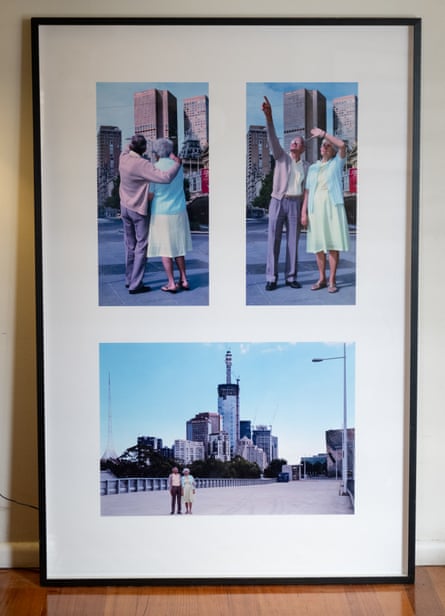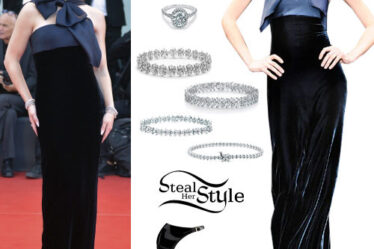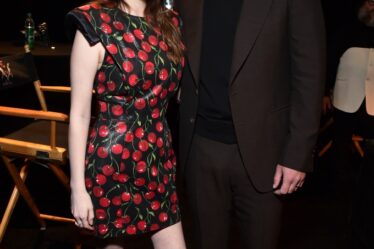
When Anna Guthrie was working at a Melbourne addiction treatment centre 20 years ago, she could hardly have guessed that a portrait of a colleague’s parents would become one of her favourite artworks.
Her co-worker was artist Sanja Pahoki, and at an exhibition in 2006, Pahoki’s curious triptych of her mother and father, titled Up in the Sky, seized Guthrie’s imagination.
“I just loved it from the moment I saw it. It’s the colours and the strangeness of the composition,” says Guthrie.
Pahoki’s parents were photographed in a deserted Federation Square, posing like tourists, and looking ominously into the sky above.
“They look enormous. There is no one else in the images – it’s like they’re the last survivors after the apocalypse, or time travellers.”
Portentous as they may be, Guthrie says she also finds the images strangely comforting.
This juxtaposition of tension and innocuous familiarity, Guthrie says is typical of the sense of humour and curiosity she shares with her friend. “She’s very drawn to celebrating the absurdity and mundanity of the everyday, and I’m right there with her.”
“We aren’t laughing at them,” Guthrie hastens to add. “Sanja genuinely sees her parents as muses … there’s a real reverence for them in her work.”
Visitors, she says, are “absolutely baffled as to why I would have photos of elderly people who aren’t my parents on the wall”. But the creative writer in her continues to be intrigued.
“It’s very hard to pin down how you feel when you look at it. It’s a mix of concern, intrigue and joy. It’s almost like a Seinfeld episode about nothing: there’s a lot of questions for sure, but it’s really compelling because of its ordinariness.”
Despite her 20-year friendship with Pahoki, she has never met her parents and hasn’t asked for any details about the inspiration or intentions behind the images. “I don’t ever want people to explain what their art is supposed to mean,” she says. “I think the important thing is that you make your own interpretation and that it gives you lots of ideas and stories.”
-
Sanja Pahoki’s work is part of the Light Sensitive exhibition at Melbourne’s Town Hall Gallery until 15 July.
-
Is there an artwork with an extraordinary story hanging on your wall? Email [email protected] with the subject heading “Wall Stories” to be considered for future columns.



